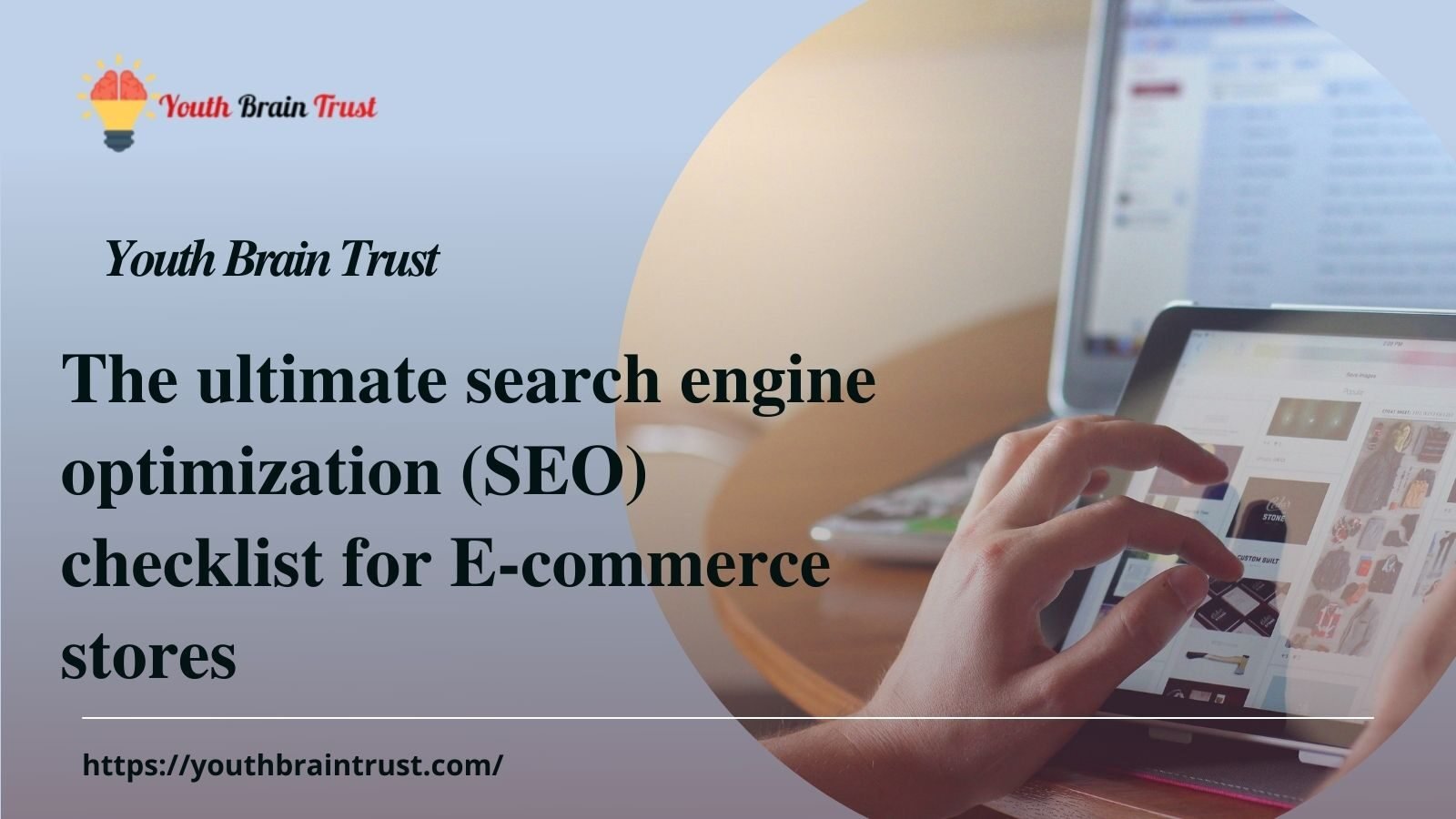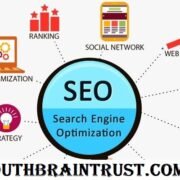The ultimate search engine optimization ( SEO) checklist for E-commerce stores
The market has altered dramatically during the last few decades. Due to the economic crisis and global trade slowdown, 2020 has been a nightmare for businesses. Low budgets, changing customer behavior, shifting marketing trends, and unanticipated algorithm adjustments are just a few of the issues and obstacles that entrepreneurs and marketers face. The A-Z guide and technical e-commerce search engine optimization (SEO) checklist are essential for improving e-commerce websites and reap the rewards.
What is Technical Search Engine Optimization (SEO)?
Technical SEO, to put it simply, is the process of improving the technical components to improve the ranking of its pages in search engines. Technical SEO is the method of optimizing your website’s crawling, indexing, and rendering points to enhance research rankings. It is a type of On-page SEO that focuses on improving components on your website to improve your order.
How to Make the Most of the SEO Checklist
Most SEO checklists don’t describe how search engine optimization (SEO) is a perpetual method. Instead, they provide a list of random chores and claim that SEO is complete if you check them off.
That isn’t the case, so there is assigned one of these tags to each item on the checklist:
- Do it only once.
- Do it regularly.
- Do that every time you add a new page to your website.
Because of this arrangement, you don’t have to operate the whole checklist right now. Complete the one-time chores first, then the periodic tasks, and finally the continuous functions each time a new page is published.
Checklist for SEO:
-
Check to see if Google can find, crawl, and index your site.
Your pages will not rank if Google cannot find, crawl, and index your website; therefore, making your website available to Google.
What can you do to ensure that you aren’t invisible to Google?
First, go to Google Search Console and validate your domain, then upload your sitemap. This offers Google a route around your site’s primary pages. After you’ve confirmed your part, you may go back to Search Console and use more features.
Next, check the Crawl Error report in Google Search Console to see if Google can correctly crawl your site. If any issues prevented Google from successfully crawling certain website pages, the information would detail them.
Return to Google Search Console to view the Index report. This gives you a good idea of how many pages Google has indexed.
-
Look for Relevant Keywords
One of the most crucial activities for boosting organic search results is keyword research. Keywords are the questions and phrases that potential buyers use while researching for products or services similar to yours. For marketers conducting keyword research, Google’s Keyword Planner is a free tool.
-
Responsive websites are required…, particularly for mobile and tablet devices.
Smartphones are used by over half of the world’s population. Your potential customers are moving away from desktops and laptops and toward mobile and tablet devices. It emphasizes the importance of having an interactive website at your disposal. You want them to remember that their time is valuable at every step of their purchasing trip. How do you go about doing it? Create a flexible website that appeals to positive shopper impulses.
-
Your web pages are taking a long time to load. Bring them to life.
Your users can only focus on a website for eight seconds at a time. Yes, they’re willing to give you just eight seconds. So, would you rather have a slow-loading website that despises them or a fast-loading website that offers them exactly what they want? Google also rewards websites that load swiftly and reply rapidly. So there’s only one thing left to do: speed up your website.
-
Identify and simplify your buyer’s path.
When clients appear at your store, you are required to help them. You won’t convert any orders until you understand the steps people follow to make their final choice. You may effectively insert vital keywords as milestones and get customers going hassle-free after knowing their persona and purchase trips throughout the shopping course. Focus on keywords that bring them information about your goods and compel them to get a resolution.
-
Fill Pages with Content
Adding optimized content to your site’s pages is one of the most effective strategies to help them rank. This entails adding information to your product pages, category pages, and extra pages like “About Us” or a blog in the case of e-commerce.
Product pages should include helpful descriptions that differ from those provided by the manufacturer. This content can be utilized as a marketing tool, optimized with your target keywords, and provide crucial product information. A section for customer reviews is another type of information that should be offered on product pages; this can help with rich snippets and social proof development.
-
Meta description
Writing your meta descriptions should be at the top of your SEO to-do list; it’s the first thing a user sees on the results page, and a strong meta can make a big difference in click through rate. Each page should have its meta description.
-
Backlinks
The other way to demonstrate your authority is through backlinks. Internal links occur on your website, while backlinks happen when someone mentions you on theirs. You may receive a backlink in various ways: you can get one naturally (lucky you! ), or you can ask for one. Consider providing samples in return for reviews to influencers.
-
Customer satisfaction surveys
A form on the product sheets should not limit this. Consider sending clients emails requesting them to participate in a survey or inviting their social media following. Just remember to make the process as simple as possible for your customers.
-
Involve customers in the feedback process.
Even if it’s a negative review, responding swiftly and politely demonstrates your excellent customer service and how much you listen to and value your customers’ thoughts. A professional reaction to a negative review might be a terrific way to promote your business.
Conclusion: Every part of your website should be considered appropriately. The positioning of an e-commerce site on Google is complicated, but following the search engine optimization (SEO) checklist above will help your e-commerce website see significant increases in traffic and revenues.








Leave a Reply
Want to join the discussion?Feel free to contribute!